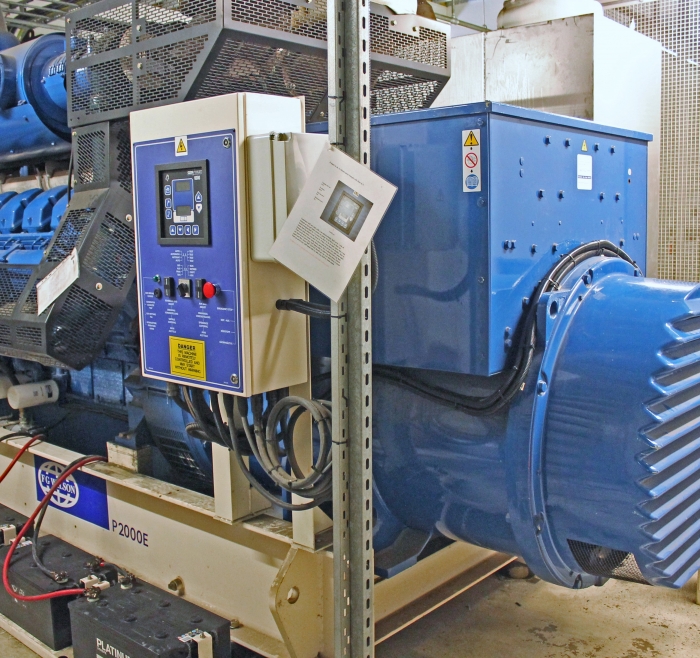Client:
Glasgow Herald & Times Print, Glasgow
Market:
Industrial & Manufacturing
Project:
To provide reserve energy to National Grid, assisting in the UK capacity shortage, but ensuring it is supplied within the constraints of normal business operations and generate new revenues from the existing assets on site.
Key Facts:
Up to 1.6MW of electricity generation can be turned on automatically for short periods.
The Herald backup generators are now being utilised as an energy asset, helping to support Scotland’s energy security.
New revenue being invested in new projects within the business.
Reduces national carbon dioxide emission levels.
Technical Solution:
The site’s existing package was utilised.
By utilising the existing 1.6MW generator on site we were able to apply and connect up to the grid.
ESE modified the generator to allow safe operating and connection back to grid. G59 protection was installed,
Package:
The on-site standby diesel generator, which is capable of up to 1.6MW of electrical output, can power the entire site in a power cut.
Revenue:
£250,000 over a 5 year contract
Environmental Impact:
Every megawatt capacity connected to the smart grid is a megawatt that does not have to be held in reserve elsewhere.
This reduces the need to keep gas and coal stations on hot standby or running inefficiently at part load — reducing emissions by between 300 to 750 tonnes of CO2 per megawatt per annum.
Similar Case Studies:



